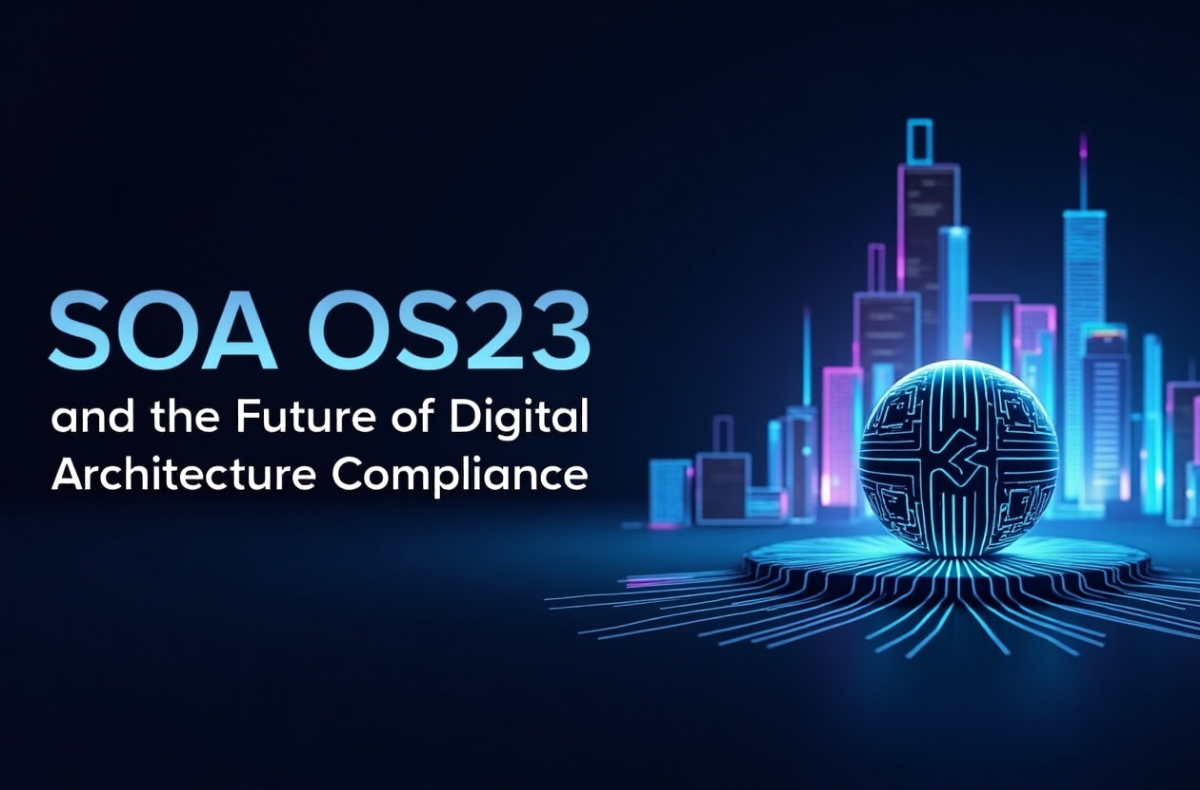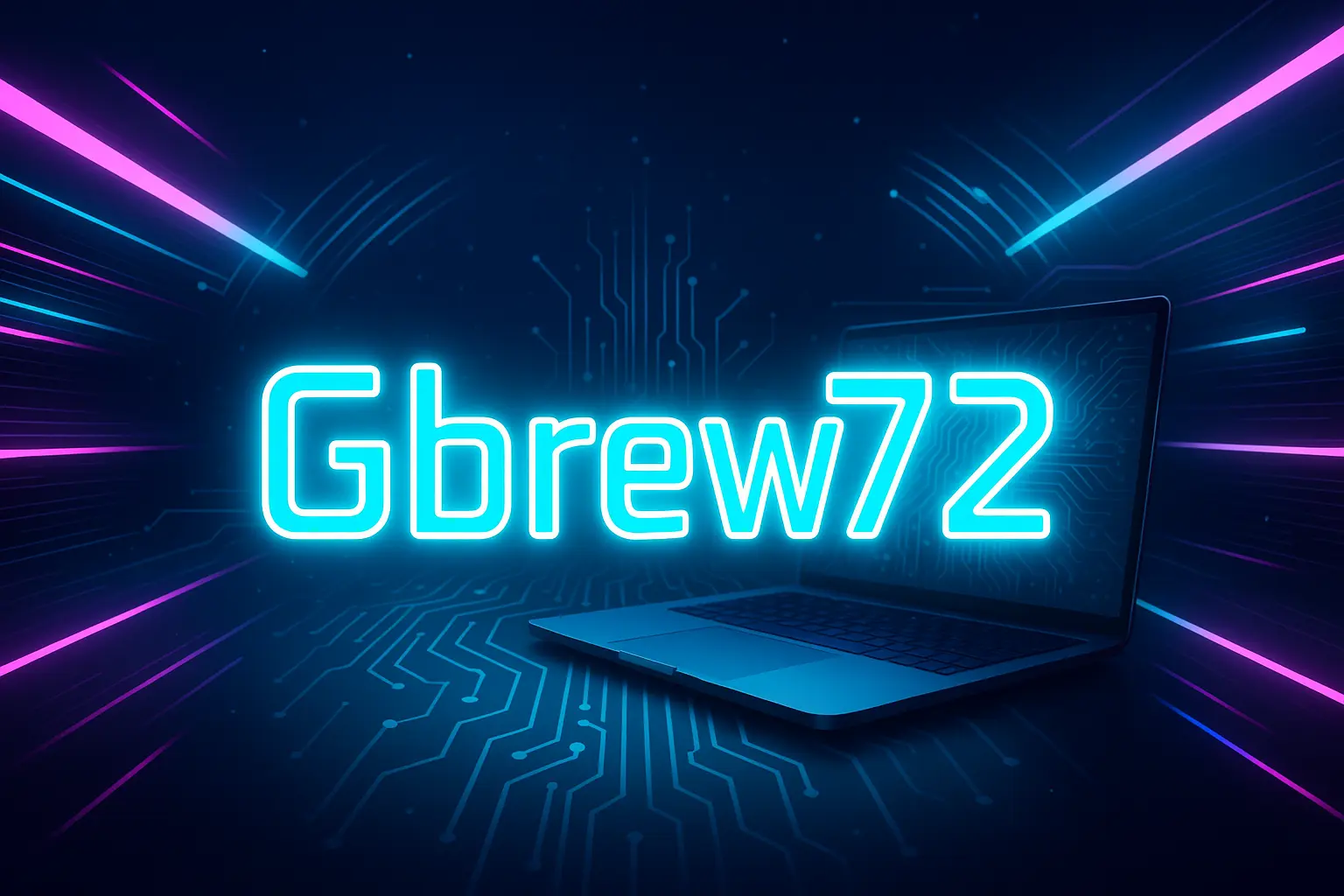SOA OS23: Redefining the Future of Enterprise Systems
Introduction
The new operating system is more than just the next iteration, but has instead become the deciding test of how businesses embrace, scale and convert digitally. The genesis of SOA OS23 does not represent an evolutionary step but a road to clear and definite forward progress in balancing on the tradition of service-oriented architecture (SOA) and the exigencies of a hyper-connected, data-driven economy. A marriage of technical expertise, company flexibilities, and future-oriented design, the SOA OS23 prides itself as one of the high-end solutions that business must consider in case it wants to remain competitive in the digital age.
Technical Foundations of SOA OS23
During its foundation, SOA OS23 was constructed on the basis of modular definition that upgraded interoperability, agility, and resiliency. The system is also optimized to support distributed services in having a seamless communication which minimizes latency and optimizes resource allocation. Through the use of pipes, OS23:
- Improved Microservice Compatibility- It helps organizations to deploy, scale and handle, independent services with high levels of efficiency.
- Orchestration- AI-driven services coordination, workflow observation, and failure prediction.
- Cloud-Native Design: As a core component, containers and Kubernetes integration, OS23 is built to be highly scalable and suited to be utilized in hybrid and multi-cloud environments.
- Security by Architecture -Introducing the principles of zero-trust and service-to-service encryption to provide security to data integrity within growingly complex IT environments.
- Strictly speaking, SOA OS23 is not only an issue of performance humanization; it is an issue of empowering a smarter and more adapting digital ecosystem.
Industry Impact: Transforming Business Landscapes
In industries that are struggling with their digital transformation, SOA OS23 is more than changing infrastructure; it offers strategic advantage. An example is the fact that financial institutions can use its low-latency, high-volumes in processing transactions, and healthcare organizations use its interoperability to facilitate seams between legacy systems and the new patient management systems.
Businesses adopting OS23 gain:
- Operational Agility -The capability and efficiency to rotate around novel models without arduously undergoing end-to-end infrastructures.
- Data Unification Breaking silos through creation of integrated data layers, through which analytics, AI and customer personalization are powered.
- Cost Efficiency-Optimization of resources and smart orchestration can drastically reduce total cost of ownership in the long term.
In a nutshell, SOA OS23 doesn’t just feed IT organisations; it redefines whole industries, bringing together technology infrastructure to deliver what the business needs.
Comparative Perspective: Standing Out in the Market
It is important to differentiate yourself in a market with many players. SOA OS23 is unique in a number of ways as compared to the traditional and contemporary solutions:
- Compared to Legacy Systems – Legacy systems are subject to being rigid and having pains with integration. OS23 brings in modularity and interoperability and that resolves long held bottlenecks.
- Compared to SOA OS21 or OS22 AL: Versus previous versions, the most recent one has focused on automation, AI-driven orchestration and cloud-native performance, all concepts that exist in the current enterprise environment.
- Against Alternatives Differentiation Competitor tools can be extremely fast or extremely integrated, but SOA OS23 can be fast with a good degree of integration, when needed; at heart SOA OS23 is fast enough that it can support mission-critical workloads, but sufficiently integrated that rapid innovation cycles are not a problem.
Its market positioning is hence both technical as well as strategic- meaning that OS23 is a smart decision in assuring both resilience and flexibility among enterprises.
Marketing Perspective: Why Choose SOA OS23?
More than its technical and comparative merits, SOA OS23 needs to be considered within the business context. Living in an era where technology is now synonymous to brand value, reputation and customer confidence, businesses need more than functionality; they need perfection.
- Innovation at Scale – Scalable architecture prepared to meet future challenges.
- Resilience by design, Security, redundancy and stability engineered into each layer.
- Speed to Market- In the present day marketplace, faster application cycles and less downtime means supplying services lickety split, a la never before seen.
- Strategic Value- Technology that is not treated as a cost center yet as a growth and efficiency driver as well as a driver of customer satisfaction.
The need to position SOA OS23 as a enablement in business but not merely as an IT tool goes a long way in determining its importance in the digital destiny of any organization.
The Aesthetic of Modern Systems
SOA OS23 is not just functional, but it is an aesthetic change in the thinking of the idea of an operating system. Its design interface is aimed at being more usable and productive with administrators being offered smart dashboards and real-time visual map. This smooth coordination in the delivery of services is not only practical, but graceful, as well, borne out of a philosophy that technology must be clean and beautiful both in form and in its power of functionality.
This aesthetic value-where usability meets technical genius-distinguishes SOA OS23 and is a system that is more than a system, an experience.
Future Outlook: The Road Ahead
SOA OS23 is a milestone and not the end-point of innovation. Since the operating system will be updated regularly with a focus on integration with machine learning, autonomous optimization and increased IoT connectivity, the operating system is likely to grow in tandem with the enterprise in the world.
Flexibility will characterize the future of enterprise systems and SOA OS23 offers a guideline to the extent that technology can address both the current needs and also foresee future challenges.
Conclusion
SOA OS23 is not operating system, it is an intention. It combines the high technology features with the advantages of industry, competitive advantage, and luxury placement and positions higher than a mere upgrade. SOA OS23 is more than simply the current state of service-oriented architecture, it is the future of service-oriented architecture to companies that believe in innovation, security and sustainable growth.














Post Comment